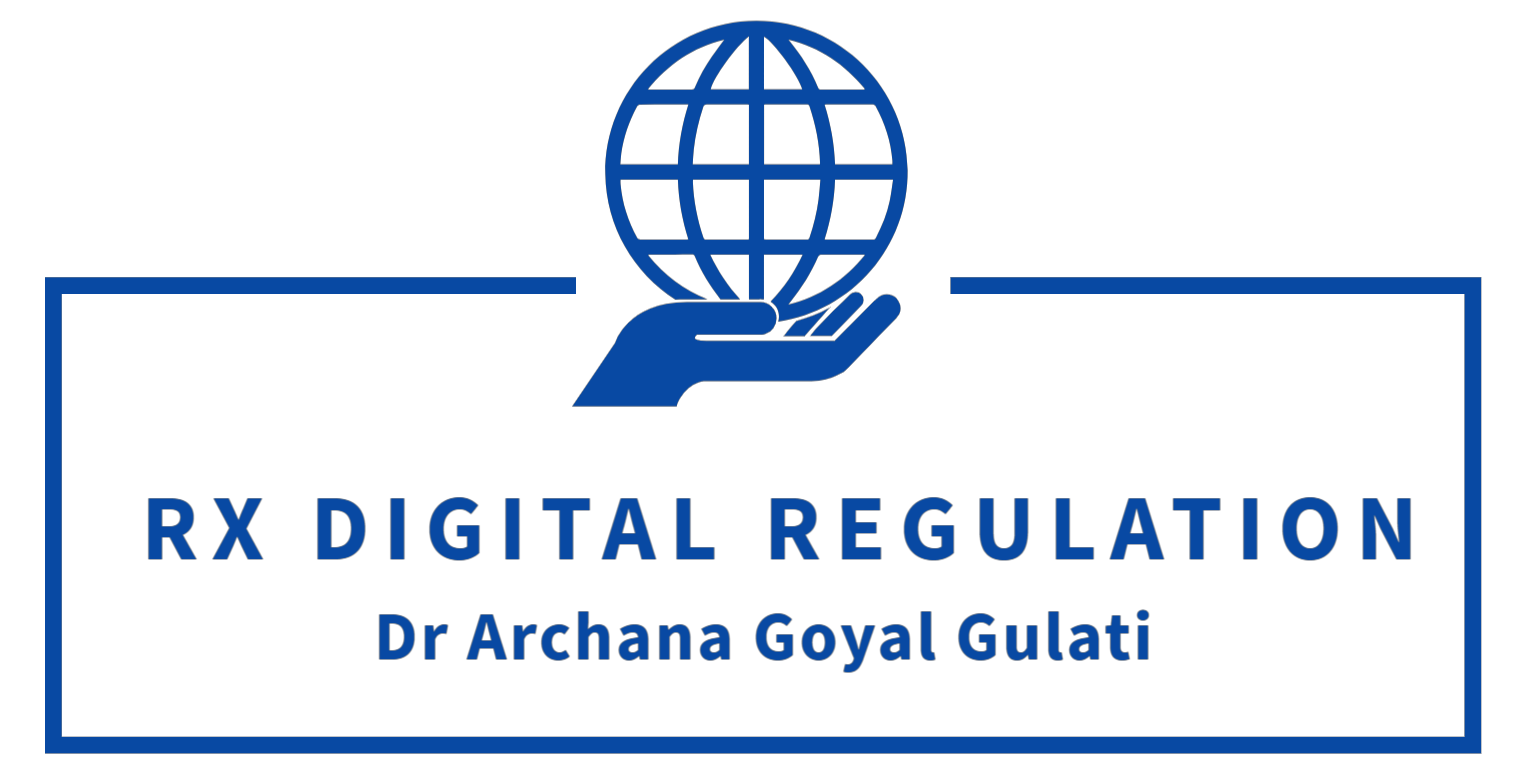
Reactions to USOF India’s Device Subsidy Schemes & the Confusion over Universal Service Funding

I had written earlier about USOF‘s intended Mobile handset Scheme. While phones for voice alone may be unavailable to relatively few in rural areas, they may not be owned by women, aged and disabled. If we are aiming at smart phones for internet/broadband access, in my view, affordability of devices is a necessary but not sufficient condition for universalizing broadband access especially for rural India which has negligible broadband penetration. On the supply side, we also need good quality and affordable connectivity (absent even in urban areas at present) and on the demand side we need locally relevant content in vernacular languages as well universal accessibility to cater to needs of disabled, illiterate and aged populations. My views on this subject may also be seen in previous posts on Broadband Ecosystem.
It has now been reported that
“The Telecom Commission, the highest decision-making body in Department of Telecom (DoT), recently approved a proposal to give free mobiles to families in villages and tablet PCs to students in government schools that could cost the exchequer nearly Rs 10,000 crore.
The scheme is expected to benefit 2.5 crore individuals in rural households while the free tablet programme would cover 90 lakh students in 11th and 12th classes.It is to be jointly funded by the Department of Telecom and Universal Services Obligations Fund (USOF) – a fund to facilitate telecom services in rural areas. The project is proposed to be implemented through state-run BSNL which will float tenders for sourcing of mobile phones and tablets.The tablets will cost around Rs 4,972.5 crore, of which the USOF will fund 60 per cent and the remaining amount will be provided by DoT.Similarly, the mobile phone scheme, meant for mainly MGNREGA workers, is estimated to cost the government Rs 4,850 crore.The mobile phones and tablet PCs are proposed to come with a warranty of three years. Both the schemes are expected to start after March 2014. ..The tablet PC will be distributed in three phases where is first phase 15 lakh students will be covered, 35 lakh in second phase and 40 lakh in third phase. Under the proposed scheme, students will get tablets for duration of their studies at the school they are enrolled with.
The mobile phone scheme is proposed to cover 25 lakh beneficiaries in first year, 50 lakh in second, 75 lakh in third and 1 crore in fourth year. The mobile phone scheme, meant for mainly MGNREGA workers is likely to be completed over period of six years.”
A critique of this initiative may be seen in a newspaper editorial titled “Honey Pot” It has criticized the Fund for being bureaucratic and tight fisted in the past but is also very critical of this scheme which is labeled as a populist measure at the cost of operators whose revenues go towards funding the subsidies. The argument is that the Fund should have been wound up to spare the operators the mandatory contributions to USOF so that they could provide rural services.
It is a fact that much of rural penetration has taken place outside the realm of USOF. I would be a bit wary of device subsidies unless they are restricted to the really deserving (socially/economically)and clearly under served such as rural women, aged and disabled. I would also fault the choice of the incumbent by nomination for almost every recent USOF endeavour. This goes against the letter and spirit of USOF Rules besides being anti competitive. (Read post on Competition for my views on the subject).
However, it is wrong to assume that if the USOF were scrapped operators would have with this money. It is in fact a part of their license fees and hence would be recovered any way. Neither would they would cater to non viable market segments on their own even if no license fees (or universal levy) was recovered from them. US Funds are supposed to be a competitively neutral, transparent, targeted and hopefully minimal way of providing incentives to bridge the actual access gap. The concept has proven to be more effective than at least rural roll out obligations in India. The problem arises when the Fund is not used in this ideal manner. This can be traced back to regulatory frameworks and underlying institutions but it is wrong to imagine that markets can achieve universal service on their own.

